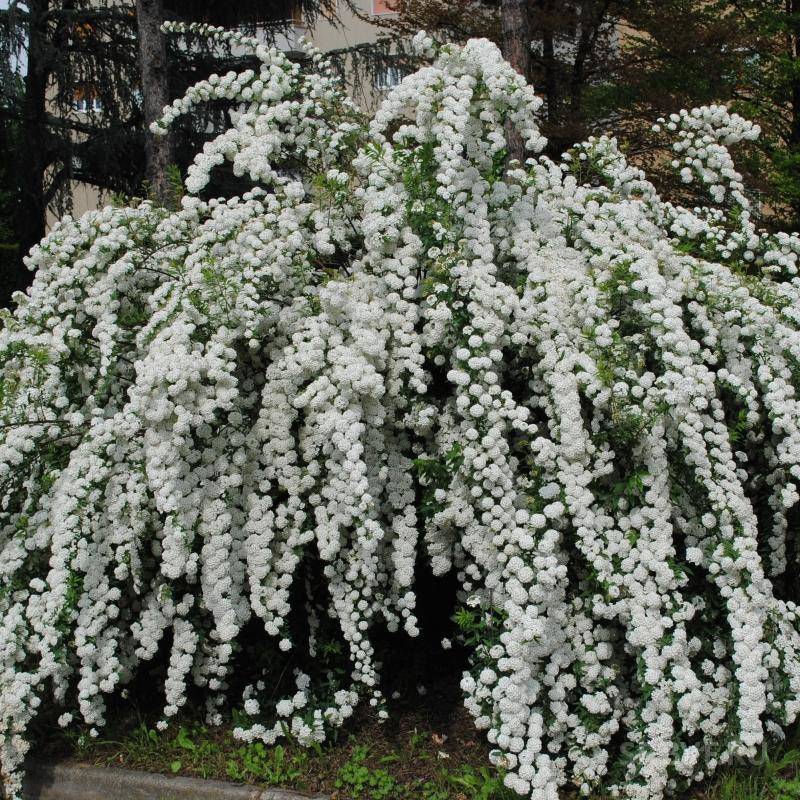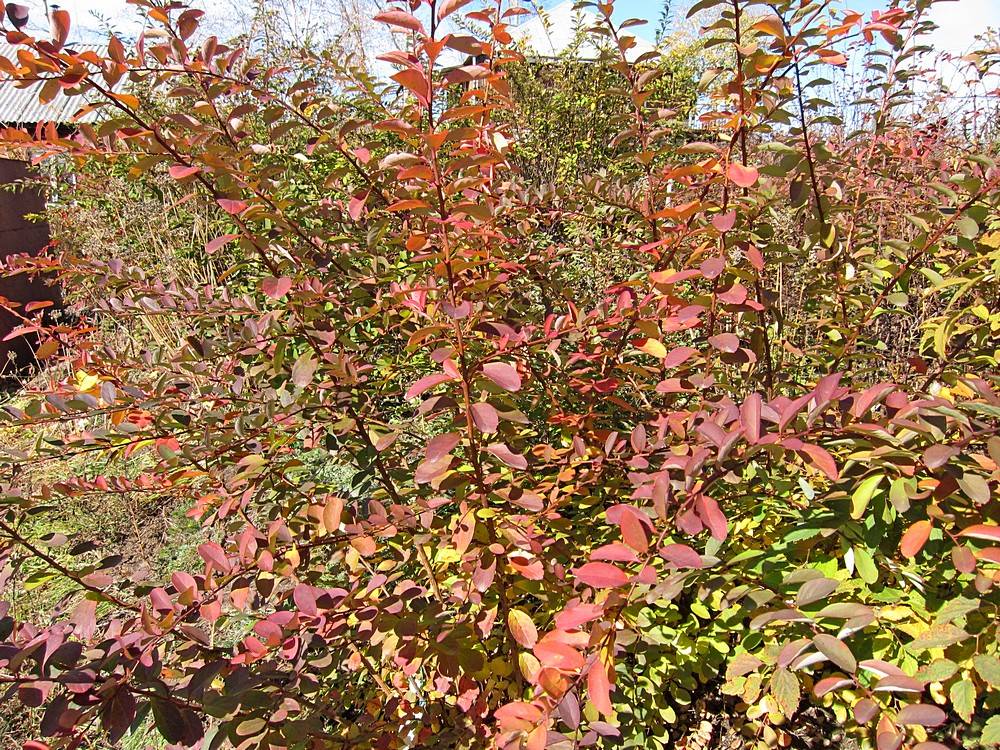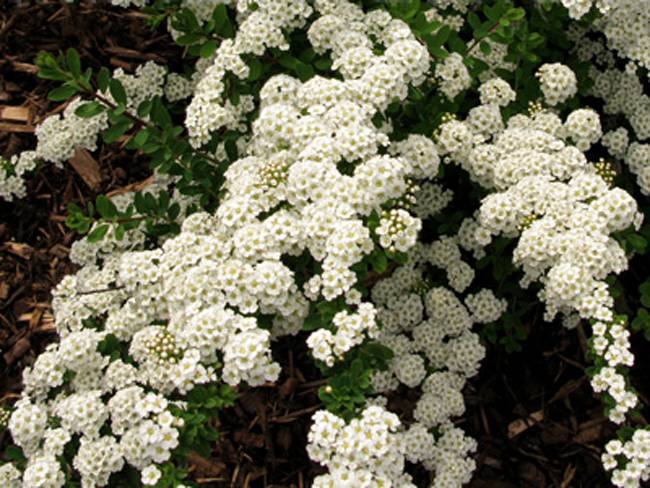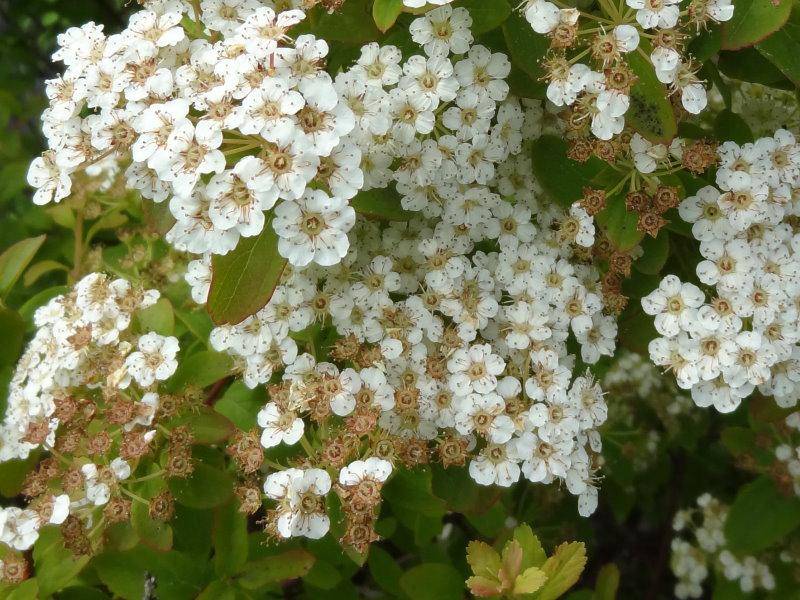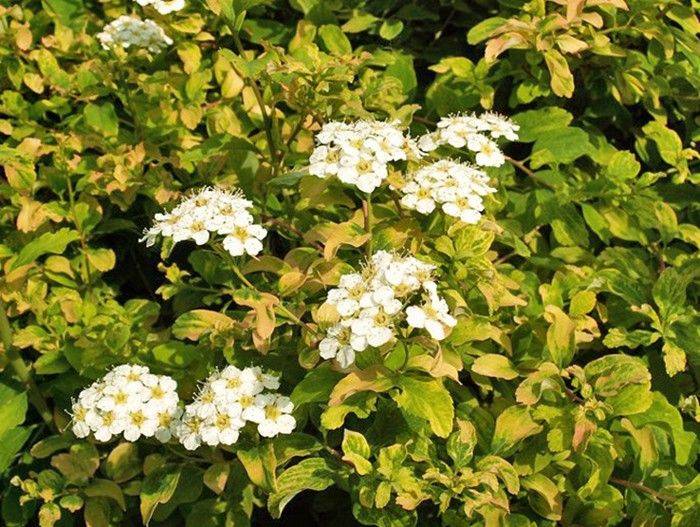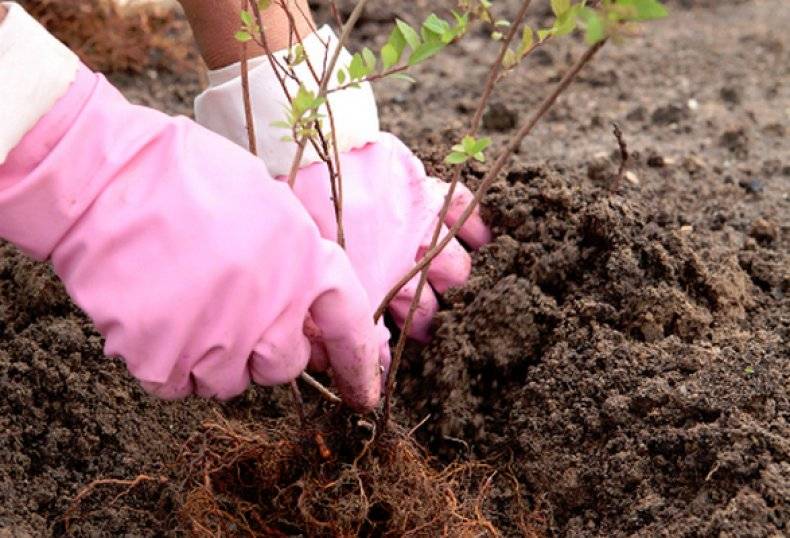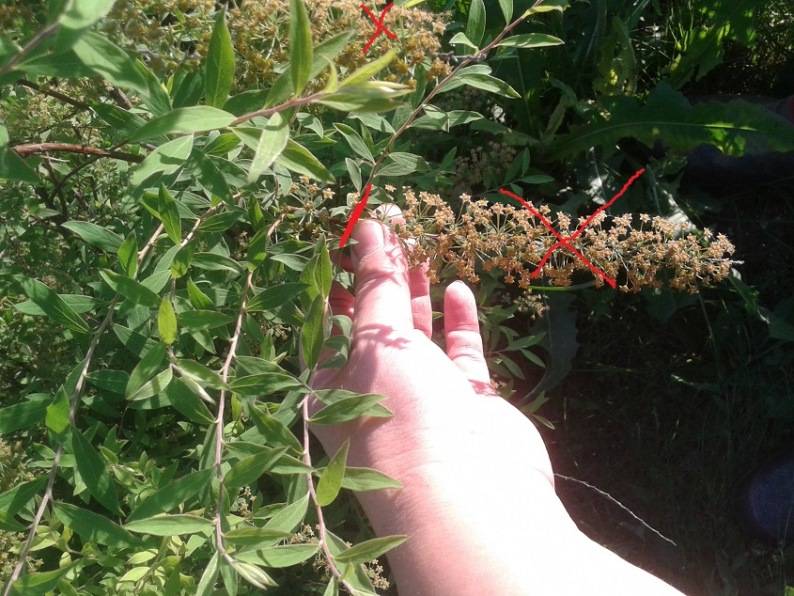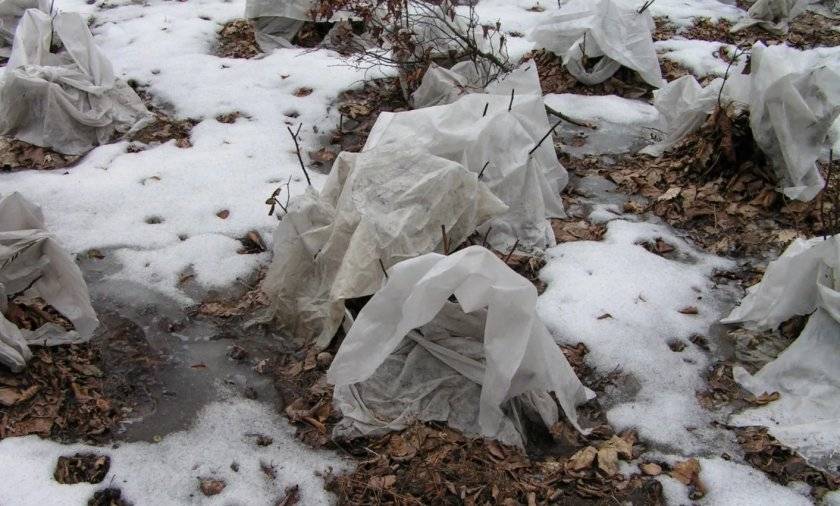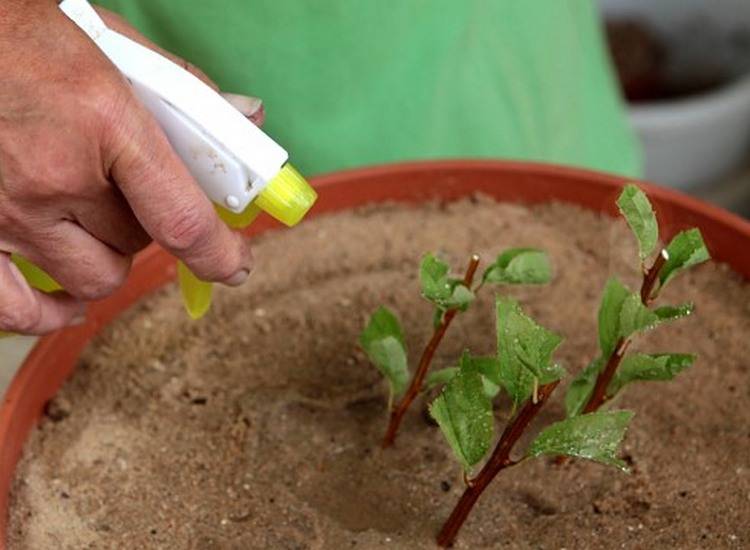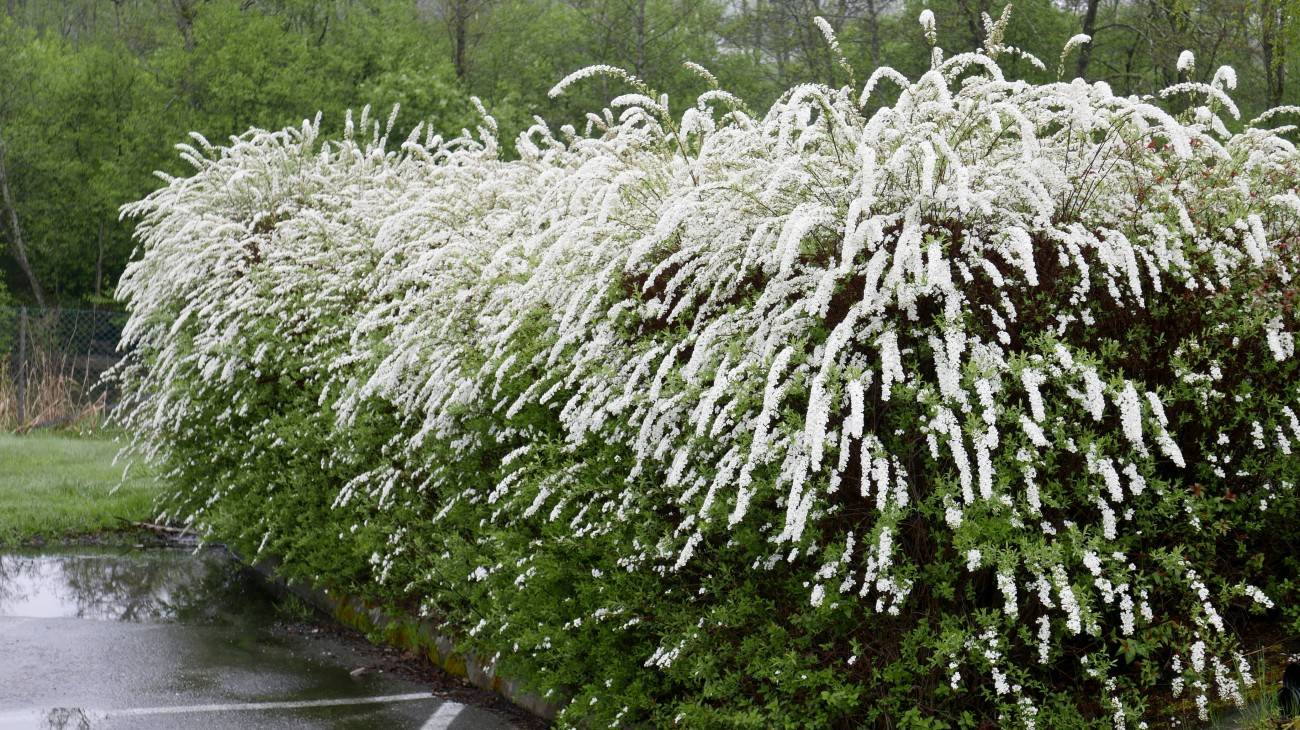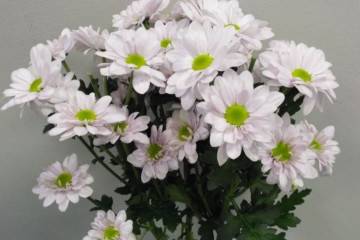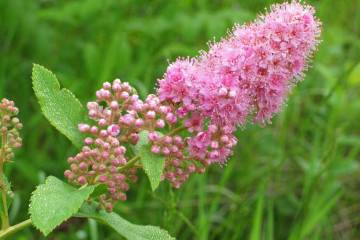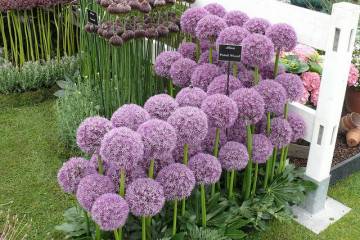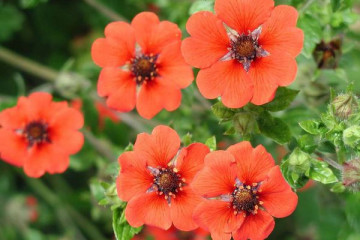Spirea Nipponskaya - planting and care
Content:
Spirea Nipponskaya during flowering looks like a gorgeous bride. For a whole month she seems to be wrapped in a snow-white shawl. Unpretentious, frost-hardy, abundantly flowering shrub ideal for hedges, group and single plantings.
Description of the plant
Spiraea nipponica is a perennial flowering deciduous shrub in the rose family, genus Spiraea. The homeland of the shrub is Japan. The bush got its name thanks to the branches that tilt to the very ground, forming an arc or arch.
The bush is multi-stemmed, medium-sized, dense. The plant reaches 1.5-2 m in height and width. Branches are spreading, curved, lignified. For a year, the shoots grow up to 30 cm in length. The leaves are oval with a sharp tip. Their texture is dense, smooth, the surface is matte, saturated or dark green. The size of the leaves is 4-5 cm.
Spirea nipponskaya belongs to spring-flowering shrubs and blooms at the end of May. Duration of flowering up to 25 days. Nipponets of all varieties bloom with white lush inflorescences, almost completely covering the shoots, for which he was nicknamed "the foam of May". The flowers are small, 5-8 mm, collected in dense spherical inflorescences, insects pollinate them with pleasure. After flowering, seeds are formed elongated and up to 2.5 mm long, collected in a shiny seed box.
Varieties of nipponskaya spirea
Breeders have bred many varieties of Nipponskaya spirea. The most popular are Snowmound, June Bride, Halvard Silver and others.
Spirea Snowmound
Spirea Nippon Snowmound grows up to 2.5 m in height and up to 3 m in width. Its leaves are dark green up to 4 cm long. Inflorescences are white, corymbose, abundantly covering the trunk. In the buds, the flowers have a yellow tint. After planting, the bush begins to bloom for 2-3 years and blooms for 20 days.
Planting and caring for the Snowmand spirea are carried out taking into account the fact that:
- Snowmound is planted in early spring or mid-autumn;
- the culture is not demanding on the soil, but prefers light and slightly acidic;
- the area should be bright, sunny;
- watering is regular, moderate;
- pruning is required after flowering.
Spirea June Bride
Spirea nipponica June Bride is a round bush with a height of 1.5 m and a diameter of up to 1.5 m. Leaves up to 4.5 cm in length, the color is dark green above and gray-green below. The flower is white-cream, inflorescences almost completely cover the shoots. The variety blooms at the end of May.
When planting spirea Junia Bright, the following rules must be observed:
- planting is done in spring or mid-autumn;
- the soil should be moderately moist throughout the entire active period of a given plant;
- lighting - sun, partial shade;
- it is not necessary to cover for the winter, since the variety is frost-resistant;
- pruning is done after flowering.
Halvard Silver
Spiraea nipponica Halward's Silver is a dense, low shrub up to 1 m high and up to 1.2 m in diameter. The leaves are dark green, turning copper-red in autumn. In June, it is covered with large corymbose white inflorescences.
Spirea Halvard Silver prefers:
- Fertile, moist soil.
- Bright lighting, but allows for low shading.
- Regular watering.
Gelves Rainbow
Spiraea nipponica Gerlve's Rainbow - low bush up to 0.6 m high with flexible shoots. The leaves have a beautiful orange-yellow-green color. Lush and large, densely planted corymbose inflorescences open at the end of May. The flowers are white, collected in large, corymbose inflorescences.
Features of care for spirea Gelves Rainbow:
- the soil loves fertile, moderately moist, but without water stagnation;
- is planted in a well-lit area;
- resistant to severe frost, no shelter required.
Other varieties
There are several more types of nippon spirea, among them:
- Spiraea nipponskaya round-leaved (Spiraea nipponica rotundifolia) differs in the shape of the leaf, the size of the inflorescences (large), the more powerful size of the bush.
- Spirea nippon narrow-leaved (Spiraea nipponica tosaensis) has narrow small leaves up to 3 cm in length, which are distinguished by the presence of a light cannon. The leaf remains green until late autumn. The bush is high, from 1.5 to 2 m.
- White Carpet (White Carpet spirea) is a low-growing variety, it grows no higher than 80 cm. It blooms very profusely, looks beautiful in the form of a curb fence.
Planting and caring for nippon spirea
Spiraea nippon is an unpretentious plant, but it still needs minimal care.
Preparation of planting material and site
First you need to choose the right place. The Nippon is a light-loving plant, so the place on the site for it should be sunny, preferably throughout the day, light, diffused shade is allowed.
The optimal time for planting is early or mid-October, when it is no longer hot and it is raining. It can also be planted in early spring when the soil is saturated with moisture.
The plant is not demanding on the soil, but in order for the flowering to be lush and abundant, it is worth adding compost and fertilizers. The most important requirement for the soil is moisture, looseness and the absence of stagnant water. If necessary, drainage should be arranged in the planting pit.
The pits are prepared as follows:
- In 2-3 days, a hole is dug a third wider than the root system of the seedling and 0.5 m deep.
- A drainage 10-15 cm thick from gravel or crushed stone is poured into the bottom of the pit.
- The soil can be fertilized with sod or leafy soil, and if the soil is very poor, then add peat or compost.
- The pit should be spilled with water.
Landing rules
The treated seedling must be placed in the prepared hole and carefully sprinkled with soil mixture. The root collar should be flush with the ground or buried by 1-2 cm. Water the ground with 1-2 buckets of water and mulch the surface with peat or sawdust.
Watering and feeding
Spirea loves moist soil, so watering should be regular, at least once a week, 10 liters for each bush in the summer. At other times - every 2 weeks. Watering is recommended in the evening. The next day, the land around the plant must be loosened, at the same time removing the weeds. Mature bushes should only be watered during dry periods.
To obtain a lush and long-lasting flowering, fertilizers are applied under the bush. The plant loves both mineral and organic fertilizers. The first feeding is recommended in early spring using mullein or bird droppings. After flowering, complex fertilizers are applied. You need to feed the plant at the same time as watering.
Pruning nippon spirea
Pruning helps to prolong the life of the plant, keeping it neat and healthy. In addition, using this procedure, you can give the bush any shape. Pruning is carried out from the second year of the plant's life (the shoot lives for about 7 years).Old branches must be removed completely, leaving the space young and strong. Sick and weak shoots are also cut out. In spring pruning, long branches are trimmed at the first strong bud that has been formed. Spiraea pruning can be done in summer, immediately after flowering.
Preparing for winter
Nippon spiraea belongs to frost-resistant plants, it can withstand cold up to -40 degrees, so it does not need shelter. If necessary, if the region has very snowy winters, then in order to preserve the shape of the bush and prevent branch breakages, you can cover the bush with a protective cap.
Reproduction
Spirea reproduces by all methods known to gardeners:
- seeds;
- cuttings;
- layering;
- dividing the bush.
Seeds can be harvested from a bush. By the end of autumn, the seed boxes are fully ripe, so you can get the seed with your own hands.
Cutting is a simple breeding method. For him, in the spring, a young one-year shoot is chosen and cut off with a length of 10-15 cm. The stalk should have 4-5 double leaves, from which the lower ones are removed. Prepared cuttings should be placed in a growth stimulator for 3 hours. After that, the cuttings are stuck at an angle into a container with wet sand and covered with a cap.
The container with cuttings is taken outside and left in a shady place. Watering, spraying and airing is required daily. In winter, the container with seedlings must be completely covered with foliage, and in spring ready-made seedlings can be planted on the site.
Reproduction by layering is also a fairly simple method, which gives 100% result. To obtain seedlings, the lower branches of the Nippon spirea are laid in grooves to a depth of 5-10 cm. Regular watering is required during the season. In the spring, the seedlings are ready for transplanting into open ground.
You can also propagate the plant by dividing the bush. To do this, in early spring or autumn, the bush is dug up and the root system is carefully divided into several parts, leaving 3-5 shoots on each of them.
Diseases and pests
Most often, spiraea is affected by spider mites, aphids and leaf rollers. There is only one salvation - to spray the bush with fungicides and insecticides.
Spiraea nipponskaya does not require special care, is resistant to many diseases and pests, and has high winter hardiness. Looks great both in group compositions and alone. In addition, the bush belongs to long-lived plants and, with minimal care, will delight with its beauty up to 20 years in one place.
